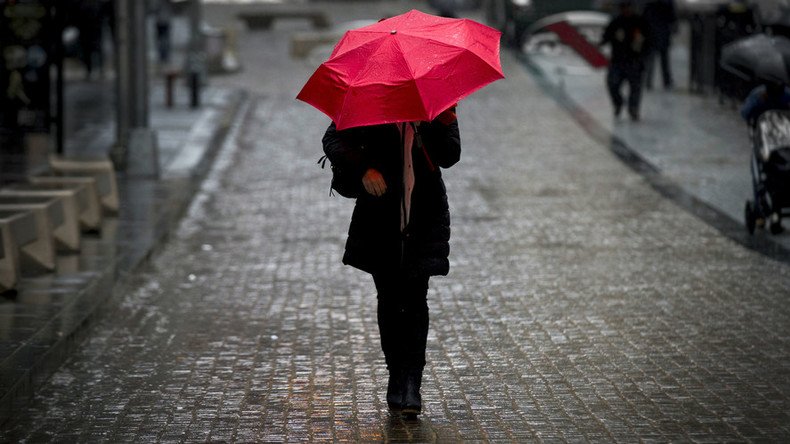Violent attacks on women up 70%, research shows

One million violent attacks against women in Britain have gone unreported, new research shows. The study undermines official figures suggesting domestic violence has fallen since the 1990s.
Office for National Statistics (ONS) figures had previously suggested violent crime in Britain has been in decline since the mid-90s. They also suggested men are the most likely victims.
However, after a team of researchers from Lancashire University analyzed data collected by the Crime Survey of England and Wales (CSEW) between 1994 and 2014, they found domestic violence is on the rise.
Violent crime estimates are now 60 percent higher than ONS figures suggest, with new findings revealing a 70 percent rise in offenses against women. The analysis also found that violent crimes against men are declining.
Overall, the official figures fail to account for more than one million violent offenses.
The reason for the yawning difference is that official statisticians cap the number of crimes a single person can report at five. They argue this is done to eliminate volatility in the results.
However, researchers claim it excludes the experience of “high frequency victims.”
Commenting on the findings, Sylvia Walby, UNESCO chair in gender research and a professor of sociology at Lancaster University, said: “[It] omits crimes and therefore biases the crime rate downwards – it is lower than it should be.
“The objection to taking the cap off is that this introduces more year-to-year volatility,” she told the Mail Online.
“Uncapping and [giving] three-year moving averages provides an unbiased figure that also solves the volatility problem.”
She is also calling for police to be more transparent with their research, as there is currently no category for domestic violence.
The Women’s Resource Centre (WRC) said it is “not surprised” by the research.
“While we are deeply saddened by the results of Walby’s research, we are not surprised,” WRC chief executive Vivienne Hayes told The Guardian.
“Our member organizations have been telling us repeatedly that demand for their services, which include rape crisis centers and small specialist Violence Against Women and Girls services, has rocketed, whilst investment in services has plummeted.”
“Research from a range of sources strongly suggests that over the last few years our societal view of women, from violent pornography, violent computer games, street harassment and everyday sexism, to the lack of women in positions of leadership and the attempt to remove women’s contribution to political progress in the A level curriculum, is creating a view of women which nurtures and normalizes our violation.”












